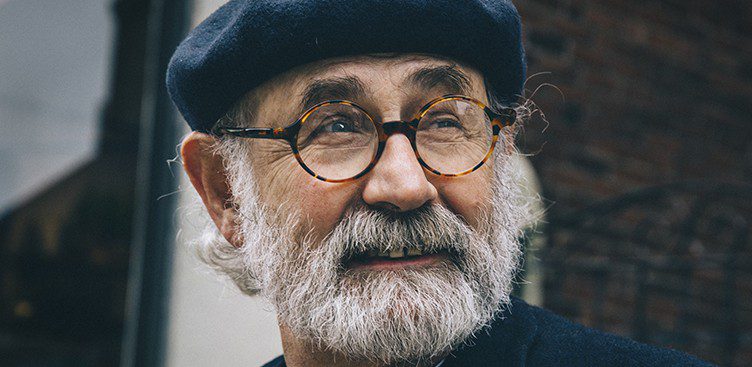
Eye health
What is Astigmatism?
Similar to near-sightedness and far-sightedness, astigmatism is another common refractive error that can occur in your eyes. With astigmatism, light does not come to a single focus on the retina…
Eye exam

Your Child’s First Eye Appointment
Eye exam
The way an eye exam is conducted can depend on your child’s age, and the optometrist. Generally, early exams include going over medical and family history, vision testing, and, if necessary, assessing which eyeglasses are suitable.
When telling your doctor about your child’s medical history be sure to notify the doctor if your child experiences the following:
An optometrist will usually want to know about parental history as well, so be sure to let them know if either parents have vision problems such as lazy eyes, near sightedness or far sightedness. Similarly, inform the doctor of any family history of eye diseases such as glaucoma.
At your baby’s first appointment, the optometrist will usually run a few tests to see if your child’s eyesight is developing properly. As a baby is too young to use an eye chart, the doctor will use a variety of other tests such as these:
This test will evaluate whether the eyes’ pupils open and close properly
This is a test to determine if your baby is able to fixate and follow an object as it moves
Usually uses cards that will attract your child’s gaze
These tests are to determine whether your child is developing the proper vision skills, such as:
If your child does experience any issues during the testing, do not stress. The optometrist will suggest a course of action, and, as they are still young, the prognosis and outlook for your child is usually positive. Be sure to follow any advice your optometrist gives you to ensure your child has the best vision possible throughout their lives.
If your child does need glasses, do not worry. By treating eye problems from an early age, your child may not have to wear glasses by the time they are an adult, as long as glasses are worn as prescribed. Today, there are many options for young children. Your optometrist will work with you and your child to find a pair that is suitable for the level of activity and the prescription your child requires. Be sure to book regular check ups for your child as their prescription may change. If your child’s vision improves and they are still wearing a too-strong prescription, then it can actually damage their eyes.
After the first appointment at six months old, the optometrist may want to see you and your child again for a follow-up or to keep up with any treatment. If not, remember to get your little one’s eyes re-assessed before they start school to ensure they have not developed any issues that may inhibit their learning.
When making an appointment, pick a time where you think your child will be the most alert. Chose a time that fits with your routine, usually in the morning or after naptime. Like the rest of their bodies, eyes will get fatigued too. While a child’s mood and behaviour can be unpredictable, ensuring your child is well rested for the appointment will give a more accurate assessment of their vision.
Vu has experienced staff and optometrists available for your child’s first eye appointment. To make an appointment at our Montreal location, contact us.

Eye health
Similar to near-sightedness and far-sightedness, astigmatism is another common refractive error that can occur in your eyes. With astigmatism, light does not come to a single focus on the retina…

Eye health
Launched on September 1, 2019, the program provides financial assistance to help families cover the cost of prescription glasses or contact lenses for their children.

Eyewear
We believe this fascinating process deserves attention. High-quality glasses go beyond just correcting vision—they also represent an investment in comfort, style, and durability.